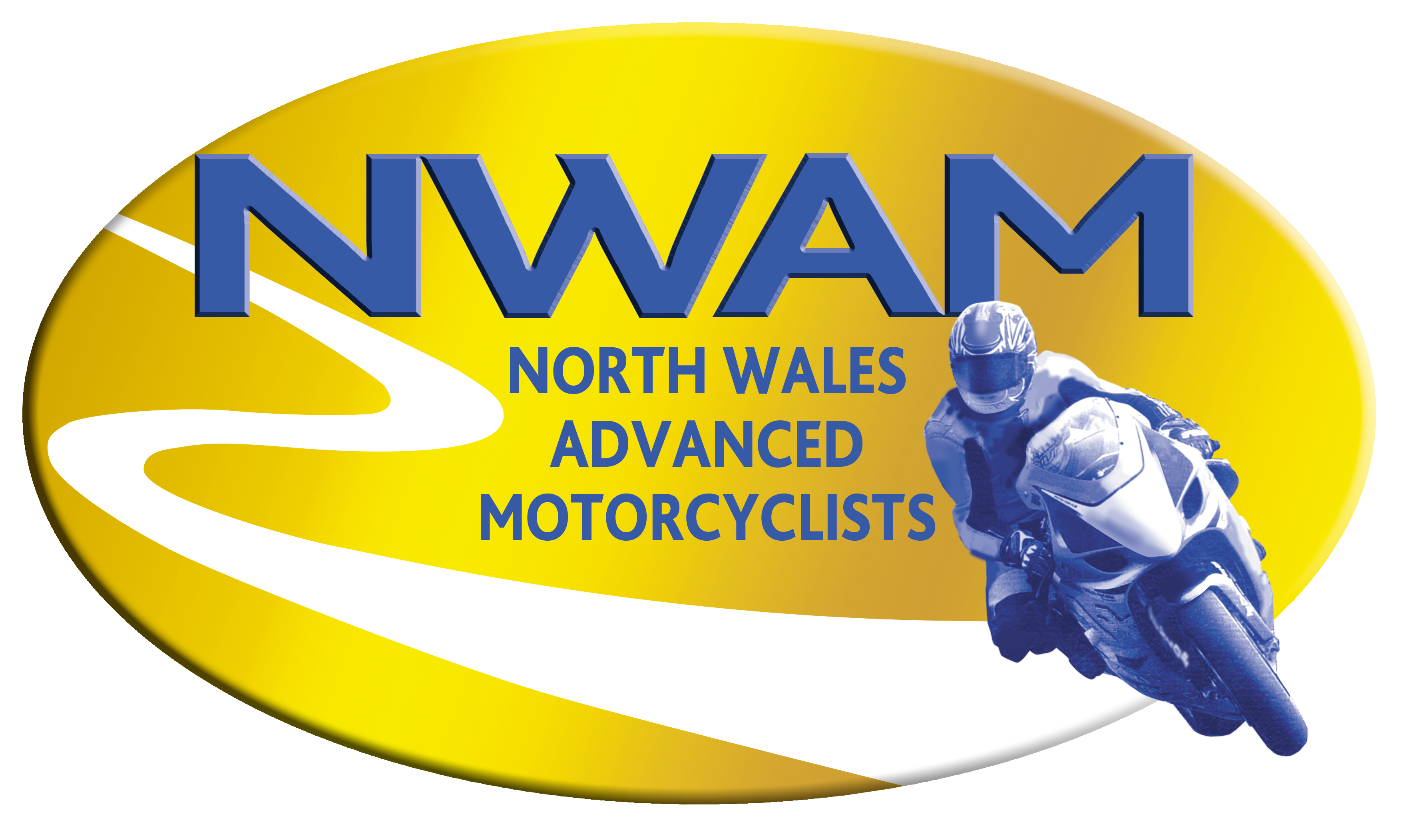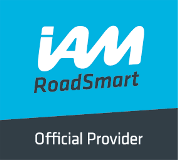Our Advanced Rider course will help make you a safer rider and could save you money.
Up and coming...
The Group are always looking for volunteer members to lead rides. Help to those who have never led rides will be given.
Contact:
rideouts.nwam@nwam.org.uk
Take an advanced ridingcourse
Avoid a ‘mist’ opportunity to make your drive safer
This week’s tips from the IAM’s director of standards, Mark Lewis, are sharing advice with motorists about driving safely in fog. Read our latest tips to ensure your journey is as smooth as possible.
- Give your car windows a good clean, including the section beneath the windscreen wipers. Dust, tar, tree sap and grime build up fast, particularly at this time of year.
- Keep your windscreen washer topped up with screen wash to rinse off any debris while you are driving – dirty windows tend to mist up quickly, making it more difficult to see.
- Remember to switch on your dipped headlights and don’t rely on them switching on automatically. If visibility is less than 100 metres, switch on your fog lights, but turn them off once visibility improves.
- Always drive so you can stop on your own side of the road and within the distance you can see to be clear. Patches of fog will not always be of the same density and may get thicker again – be prepared to slow down.
- At junctions stop and listen to get as much extra information as possible about oncoming vehicles, but remember that thick fog can deaden sound and make judging speed even more difficult.
- A combination of fog and darkness can make it extremely difficult to see. Keep an eye out for vulnerable road users including pedestrians and cyclists, particularly on side roads and other areas of poor visibility.
If you experience a breakdown when visibility is poor and you’re on the hard-shoulder or a side road, make sure you and your car are always as obvious as possible to other road users. Keep the dipped headlights switched on and wear a high-visibility jacket to help other vehicles spot you while you wait for help.
If weather conditions are extremely bad simply avoid starting your journey at all.
Notes to editors:
- Mark Lewis is the IAM’s director of standards.
- The IAM is the UK’s largest independent road safety charity, dedicated to improving standards and safety in driving and motorcycling. The commercial division of the IAM operates through its occupational driver training company IAM Drive & Survive. The IAM has more than 200 local volunteer groups and over 90,000 members in the UK and Ireland. It is best known for the advanced driving test and the advanced driving and motorcycling courses. Its policy and research division offers advice and expertise on road safety.
Media contacts:
IAM Press Office – 020 8996 9777press.office@iam.org.uk

